Flat, or low sloped roofs CAN present unique problems for the building owner. Many material applications for flat roofs can be unreliable. Another problem is with the unskilled installation of good materials which leads to the failure of the roof system. Many insurance companies have become unwilling to ensure buildings with flat roofs due to some material’s inability to withstand the elements and the problems that arise from the failure of the roof.
We at Davis Roofing have the solution for any flat roof. One that will finally give you peace of mind, and confidence that your roof is watertight for MANY years to come. Let’s compare some common flat roof materials that can be found on roofs around the country.
Contents
Built-Up Roof (BUR)
 A Built-up roof, commonly known to consumers as a “tar” or “tar and gravel” roof. is a system composed of three to five layers of asphalt felt laminated with coal hot tar, pitch, or hot asphalt? Finished with a flood coat of the pitch or asphalt. Frequently gravel is added for UV protection or the application of a reflective coating. As with any roof system, proper installation will determine the actual service life of the roof. We have seen built-up roofs fail after 5 years and last up to 15 years. This system requires continued maintenance, not a roof you can install and forget about for a long period of time.
A Built-up roof, commonly known to consumers as a “tar” or “tar and gravel” roof. is a system composed of three to five layers of asphalt felt laminated with coal hot tar, pitch, or hot asphalt? Finished with a flood coat of the pitch or asphalt. Frequently gravel is added for UV protection or the application of a reflective coating. As with any roof system, proper installation will determine the actual service life of the roof. We have seen built-up roofs fail after 5 years and last up to 15 years. This system requires continued maintenance, not a roof you can install and forget about for a long period of time.
We do not install this system for several reasons.
- Short service life
- Very high heat gain, not energy efficient
- Continuous maintenance required
- Aesthetically unpleasant
Modified Bitumen
Modified Bitumen (MB) is asphalt that has had modifiers added to it to give it plastic or rubber-like properties. The most common types of modifiers being used are APP (Atactic Polypropylene) and SBS (Styrene Butadiene Styrene).
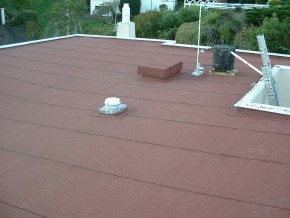 Modified comes in rolls, with a variety of surfacings available, such as granules, aluminum, copper, or an aggregate (added after installation) such as gravel or slag. A modified roof system can be torched down, or hot-mopped applied, consisting of a one, two, or three-ply system. APP is torched applied, SBS can be torched or hot mopped.
Modified comes in rolls, with a variety of surfacings available, such as granules, aluminum, copper, or an aggregate (added after installation) such as gravel or slag. A modified roof system can be torched down, or hot-mopped applied, consisting of a one, two, or three-ply system. APP is torched applied, SBS can be torched or hot mopped.
We have seen 15-year-old modified installations that are still functioning relatively well, on the other hand, we have replaced five-year-old installations. Quality installation is imperative in this system for longevity. The average one-ply modified system can be expected to last 9 – 10 years.
Metal roof installation
Conventional metal roofing is installed on underlayment over solid sheathing. Underlayment normally is asphalt-saturated and coated roof felt. Roof felt functions well in the field, but is problematic at valleys and penetrations; at these locations, prefabricated sheet metal valleys and pipe collars should supplement the underlayment.
Typical underlayment is not adequate for most low slope roofs, the alternative is to apply an underlayment, then a modified bitumen product, and then the metal product. While this does improve the viability of the roof, this is basically an installation of two complete roofing products and is highly expensive. While we do consider metal to be decent roofing material, we do not install it on low slope roofs for the following reasons.
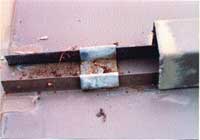
- Very limited material warranty available from the manufacturer
- Water entry can lead to corrosion of unprotected metal components
- Highly expensive requires frequent maintenance around penetrations
- Our preferred system installations carry a lifetime warranty on residential, up to the 25-year warranty on commercial
Single-Ply Membranes
People have been given the impression that all single-ply membranes are alike. Nothing could be further from the truth. Just because they are called single-ply membranes does not mean that they will perform the same. For example, a Chevy Sprint will not perform as well as a Corvette or a Cadillac, but they are all automobiles.
The expectations of single-ply membranes should be that the membrane:
- is a waterproofing sheet
- must remain waterproof throughout its service life
- must be non-flammable
- must comply with building codes
- must be easy to work with and repair
- be pliable at different temperatures (especially extreme cold)
- be weldable
Since 1975 a wide range of Thermoplastics and Thermosets have been used for single-ply roofing materials e.g. CPE, EPDM, Hypalon, TPO, PVC & CPA are just a few. TPO’s, however, are relatively new and do not have adequate performance history to make a concise judgment. TPO’s, as a roofing product, have only been around in the United States for about ten years, and “As yet, little is known about their durability.” Ralph M. Paroli, Technical advisor report Feb/Mar 2000.
Recently GAF (manufacturer) recalled its TPO2 product. According to a newsletter article from the NRCA dated 6/8/01 “GAF Materials Corp. (GAFMC) has announced that it will discontinue production of its new EverGuard® TPO² Plus product.
EPDM (Ethylene Propylene Diene Monomer)
Commonly referred to “rubber” is a black single ply, with the exception of one manufacturer that has recently introduced a white EPDM.
Installation systems include ballasted, fully-adhered, and a number of mechanically-attached alternatives. Seams are sealed using roofing tapes and bonding adhesive.
Most commonly installed is a non reinforced material, which is a lower-cost alternative. Polyester scrim reinforced material is available at a higher cost.
While we have installed EPDM in the past, it is not our preferred material, and we will only install it if it is the specification.
We have seen many failed EPDM installations by others that are 10 years or less old. Not all failed systems can be attributed to improper installation, material failure is definitely a factor in our harsh climate.
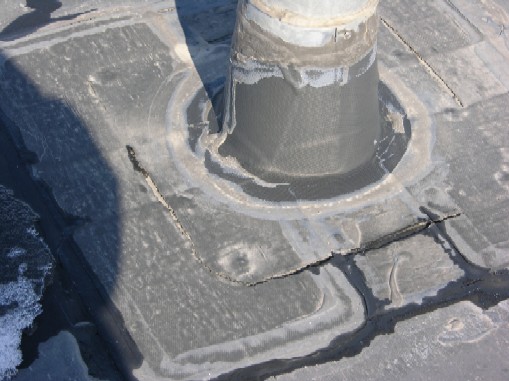
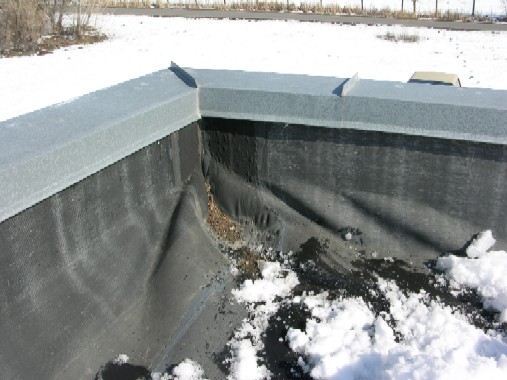
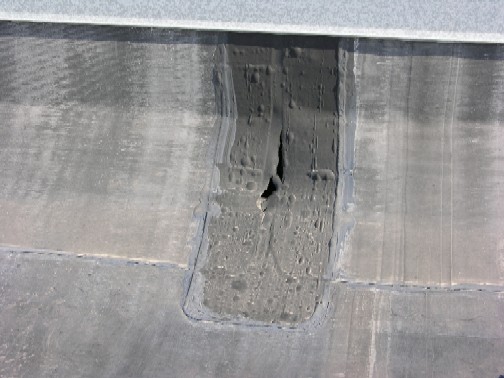
These pictures are of a seven-year-old roof in Utah with severe material failure
CPA / PVC / TPO membranes
We have touched on TPO’s previously, while they are sometimes compared with other similar looking membranes, the chemical components are different. Typically TPO’s are inexpensive but do not perform nearly as well as our preferred single ply. We do not install TPO, however, we do repair it.
The following are photos of a five-year-old TPO installation (not installed by us). The workmanship on installation was not to our standards and did contribute to its failure in some areas. Clearly, material failure was a big factor, after only five years the material was brittle.
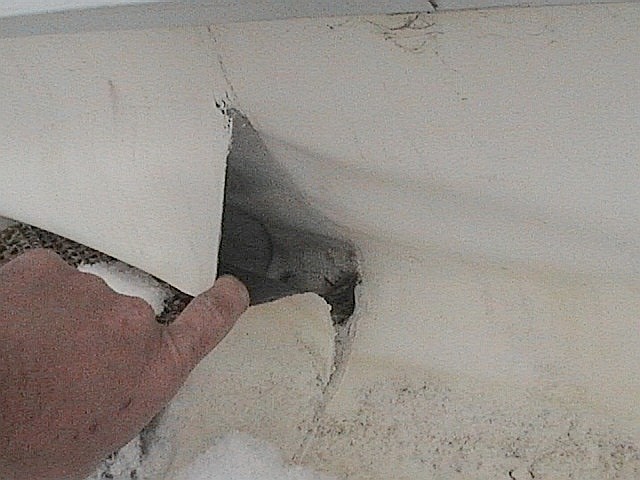
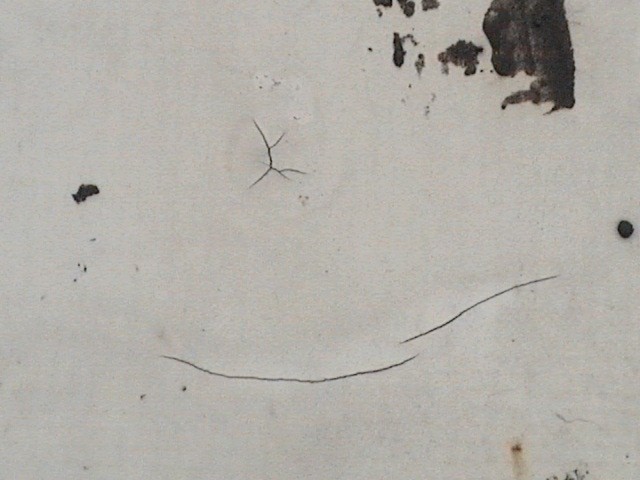

CPA (copolymer alloy) and PVC (polyvinyl chloride) membranes are comparable in properties and performance. Where the difference lies is in the chemical composition of the material and the viability in practical applications.
For roofers installing the material, the difference between the materials is more obvious due to the ease or difficulty of working with it. If the material is difficult to work with, there is a greater chance of errors or voids.
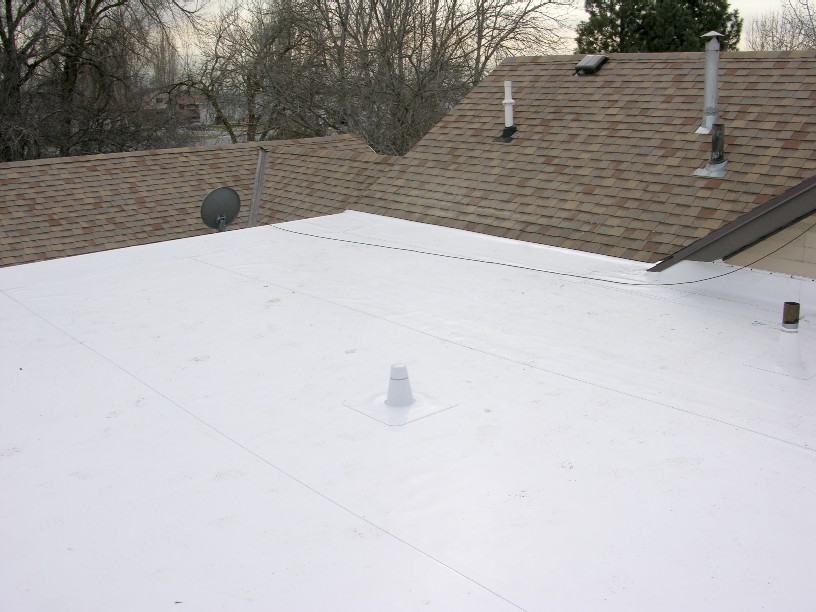 We have installed and repaired PVC membranes in the past, we continue our repair operation, but have limited our installation to CPA single ply.
We have installed and repaired PVC membranes in the past, we continue our repair operation, but have limited our installation to CPA single ply.
Our preferred CPA single-ply membrane is manufactured by IB Roof Systems. This single-ply has a 27+ year track record without ONE material failure. They back their material up with the longest single-ply material warranty in the industry.
We have installed IB CPA single ply for years, we trust the product. Our objective is low sloped/flat roofing is to provide our customers with the best material, quality installation, which assures a long term roofing solution.
